When considering your home, pesticides, and pets, have you ever wondered, “Is my cat or dog safe?” Monday, August 8th is International Cat Day. In honor of our furry goblin overlords, this week’s blog is about their safety. For many of us, our pets are a part of the family. We want to keep them safe, but also need to manage home and garden pests. It is possible to do both with a few small considerations. So, if you’ve been having a ruff time with this topic, read more and learn to protect your pets right meow!
Flea Protection
One of the first things I think of when considering my cats and pesticides is the intentional protective treatments they receive. Flea and tick populations are healthy and thriving in Florida. The most common flea on both cats and dogs is Ctenocephalides felis, the cat flea. They can cause itching, skin irritation, transmit tapeworm, and some pets may have allergic reactions. This flea will also bite humans and can be an overall nuisance especially if they make themselves at home indoors. More information on fleas and flea control can be found here.
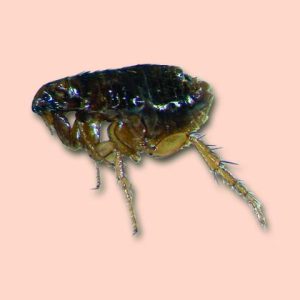
If you let your pet outside, you may be using an oral or topical pesticide to protect them from these negative outcomes. When correctly used these pesticide options are purrfectly safe for your furry baby. This means carefully following all instructions on the label as you should with any pesticide. Make sure you have chosen the right product. Medications for different species i.e. dogs, rabbits, and cats; are not exchangeable. Use cat products for cats only and the same goes for any other pet you may have.
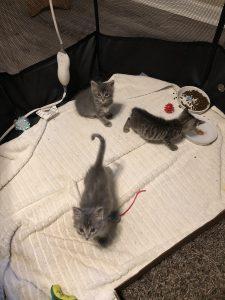
Additionally, make sure your product selection aligns with your pet’s weight. The weight range for the product should be listed boldly on the front of the packaging. My cat gets flea medicine for 5-11 pound cats. Have you ever heard “The dose makes the poison”? This saying comes from the knowledge that the amount of a substance can be what creates any danger from that substance. For example, one beer and you feel fine. 15 beers and you’re in trouble. The same goes for these products and your pet.
Keep in mind that not every pet is the same. They may react differently to the same medication. For example, if I eat strawberries I’m fine. They are a safe product and are readily available in many grocery stores. However, if my friend eats strawberries, we will be making a trip to the hospital because she is allergic. My point is, that some pets may have an adverse reaction to an otherwise safe product. Talk to your vet when choosing pesticides for your pet. If you are using something for the first time, monitor your pet for any side effects.
Fuzzy Killers
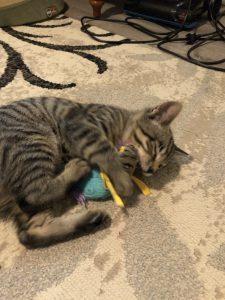 I feel I am obligated to make a note here that cats are not native to the U.S. They will kill insects, lizards, and birds. They are also at risk of being hit by a car or attacked by a predator. For the environment and their own safety, it is best to keep them indoors. This way you may not even need to use pesticide treatments.
I feel I am obligated to make a note here that cats are not native to the U.S. They will kill insects, lizards, and birds. They are also at risk of being hit by a car or attacked by a predator. For the environment and their own safety, it is best to keep them indoors. This way you may not even need to use pesticide treatments.
Indoor Pest Control
The next topic that comes to mind is the few pesticides in my home for pests. I occasionally have problems with ants in my kitchen. Keeping pesticides out of reach of pets is the best way to keep them safe. If you are using ant bait make sure your cat or dog cannot access it. My friend once brought over her dog and before we knew it a bait station was 90% gone, eaten. Make sure this doesn’t happen by keeping pesticides out of the reach of pets. I now put my bait stations underneath a cabinet that the cats and any visiting doggo can’t reach. Keep products that you are saving for later inside a locked cabinet that they can’t get into.
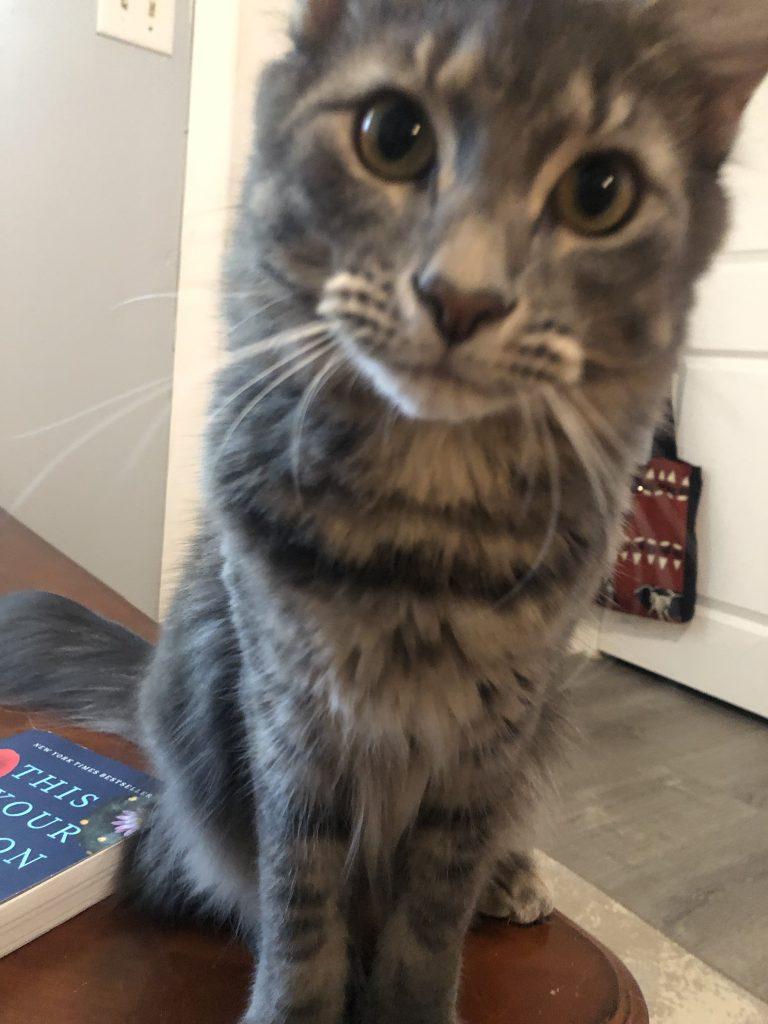
Outdoor Pest Control
You might also be protecting your lawn or garden from pests. As always, follow the pesticide label instructions to protect yourself and your fur family. I sometimes get outbreaks of aphids or seed bugs in my raised beds. I keep my pets indoors until the application has dried completely. This is what the product I have instructs on the label. If a lawn service is treating your lawn or home they should be following label instructions. There should be signage left behind indicating when the lawn will be safe for people and pets. Certified applicators know what their product labels say. They should be able to inform you of any safety concerns for your pets.
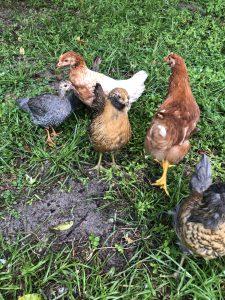
Conclusions
I hope this blog has informed you on safety as related to pesticides and pets. Following label instructions will keep you and your four-legged, winged, or scaled friends safe. Check out the resources below for more information, and subscribe to our blog.
Additional Resources
UF Extension https://sfyl.ifas.ufl.edu/archive/hot_topics/families_and_consumers/pesticide_pet_safety.shtml
by Entomology Emily
Source: UF/IFAS Pest Alert



